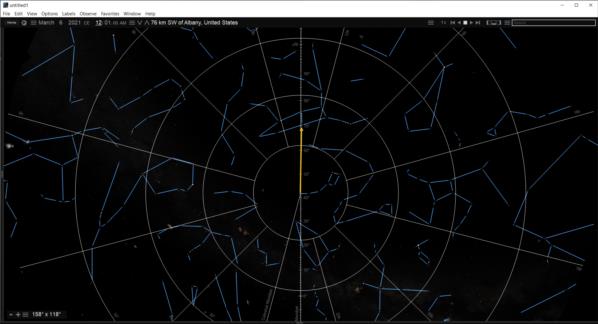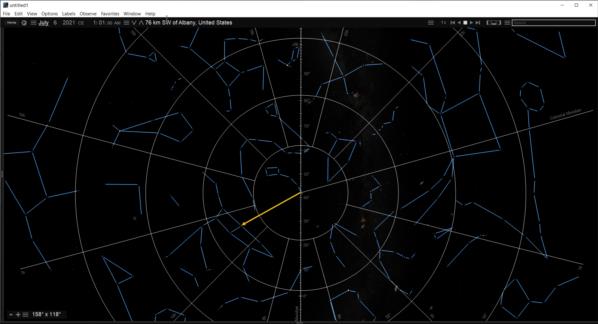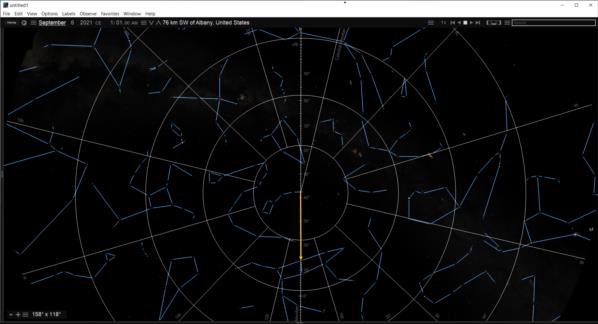
NavList:
A Community Devoted to the Preservation and Practice of Celestial Navigation and Other Methods of Traditional Wayfinding
From: Ed Popko
Date: 2021 Apr 3, 15:21 -0700
Somehow, I landed on the Backpacker Survival page with advice on how to navigate by the stars. (1) A small vignette describes how to Tell Time by using an imaginary clock hand from Polaris and the big dipper pointer stars Dubhe and Merak. This astronomical clock was single handed, turned counter-clock-wise and measured 24 hours in a single day. The article states ...
Tell Time
Imagine a giant clock in the sky, with the line you drew connecting Polaris and the Big Dipper as the hour hand. This clock is a little different than your average analog—it’s a 24-hour clock and it runs counterclockwise. On March 6, it’s perfectly accurate. In any other month, take the number of months after March 6, multiply it by two, and subtract it from the time you read (don’t forget to add an hour during daylight savings time). If the Big Dipper isn’t visible, you can use Cassiopeia. The line that connects the tip of the narrow “V” and Polaris is your new hour hand, and the date to remember is March 21.
This technique sounded familiar and it was; it’s the principle of the centuries old Nocturnal. To follow the article, I set the sky up for the key date of March 6 and took six images, every other month for the year, all at the same time. The attached images should be viewed in their date order starting with 2021-03-6 1AM. The “hour hand” rotates close to 30 degrees every month. (or 60 degrees between any two successive screen captures). It’s hard to imagine any accuracy just by looking at the sky and and doing the arithmetic. The Nocturnal would do a better job by giving a more precise hour angle result provided it was held with it's vertical/horizontal properly alligned.
Popko
(1) Source: www.backpacker.com/survival/how-to-navigate-by-the-stars/












